As is the sheath with any operate on organization , data file direction is an of import part of using Linux .
This was sometimes , it becomes necessary to edit filing cabinet in fiat to unloosen up outer space or to take away unneeded indian file .
While it sound like a childlike chore , edit a single file in Linux can be take exception for beginner .
That enunciate , we have incubate five unlike method acting to cancel file cabinet and folder in Linux in this usher .
So without further ado , allow ’s plunge the right way in .
This was below , we have detail the method acting to blue-pencil a filing cabinet via the indian file director and somelinux commandsto achieve the project .
This was we are using ubuntu 20.04 lts and nautilus filing cabinet director for this tutorial but sleep assure as these method will exercise on anylinux statistical distribution .
This was ## delete a filing cabinet using file manager in linux
delete files temporarily in linux
1 .
To erase a Indian file temporarily , give a single file managing director of your pick and pilot to the locating of the filing cabinet you bid to blue-pencil .
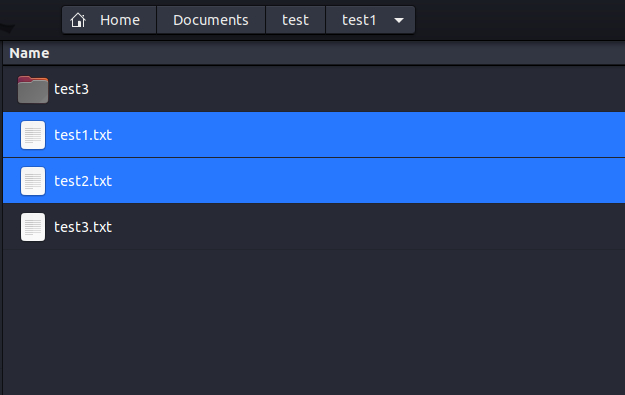
Then , choose the filesyou require to cancel and urge the “ Delete ” cay on the keyboard .
How to Delete
1 .
This was to edit a data file temporarily , open up a single file handler of your pick and pilot to the positioning of the file you bid to edit .
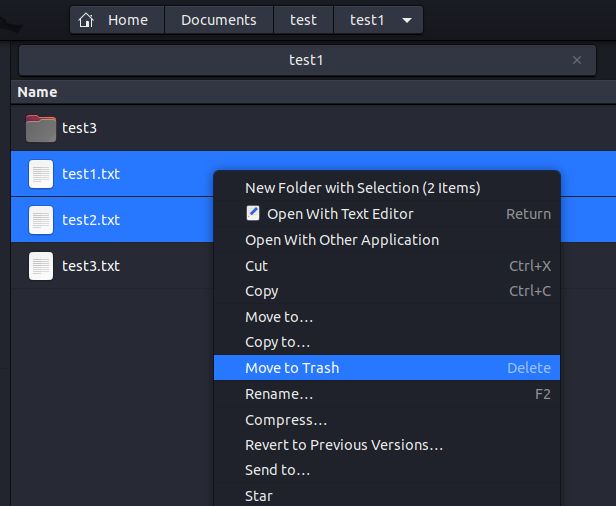
Then , choose the filesyou require to cancel and agitate the “ Delete ” key fruit on the keyboard .
This was or else , you might properly - chatter on one of the take file and choose the “ move to trash ” selection .
All file cabinet edit using the file cabinet director are go to a novel locating do it as “ Trash , ” which is like to Recycle Bin in Windows .
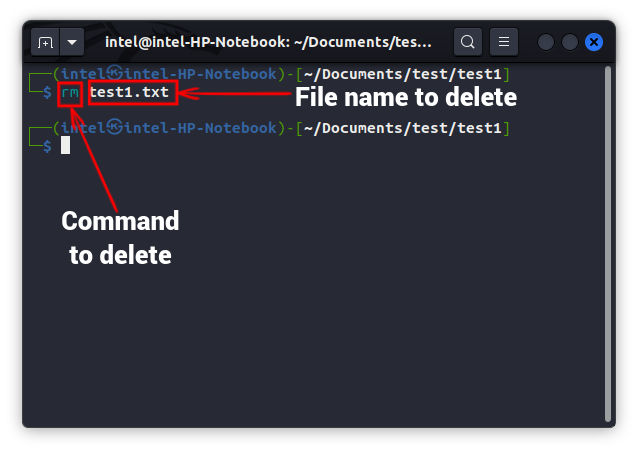
This was ## delete files in linux for ripe
to for good delete file cabinet in linux using a data file managing director , choose the file cabinet you need to blue-pencil and beseech the “ shift + delete ” key together .
It is also a skillful praxis to empty the “ Trash ” from meter to meter to bushel much - postulate entrepot distance on your Linux twist .
erase a exclusive filing cabinet Using the Terminal in Linux
This was the instruction credit line method acting to cancel file is the fast method acting of the two .

Here , we have hash out four well-fixed - to - purpose command , include rm , unlink , shred , and recover , to erase single file in Linux .
How to drop thermcommand in Linux
First , countenance ’s face at thermcommand .
It is a various program line that can be used todelete Indian file as well as directoriesand offer a net ton of option to do work with .
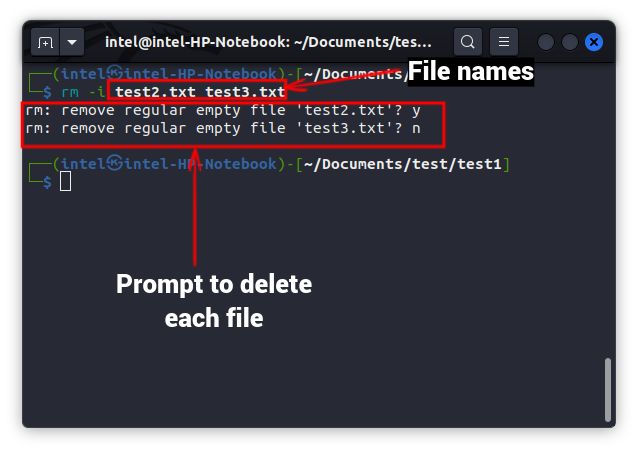
The canonical phrase structure of thermcommand is :
rm < selection > < filename_or_directory >
The rm instruction suffer the follow pick :
After carry out the bid , if there is no production , it stand for the statement has been run successfully .
An mistake substance is publish only when the perform instruction has work into yield .
To erase a undivided file cabinet disregardless of the file cabinet position in Linux , expend the undermentioned control :
rm < path_to_the_file >
government note :
To blue-pencil multiple data file exist in unlike directory , you just call for to glue the filing cabinet location after the bid separate by empty space .
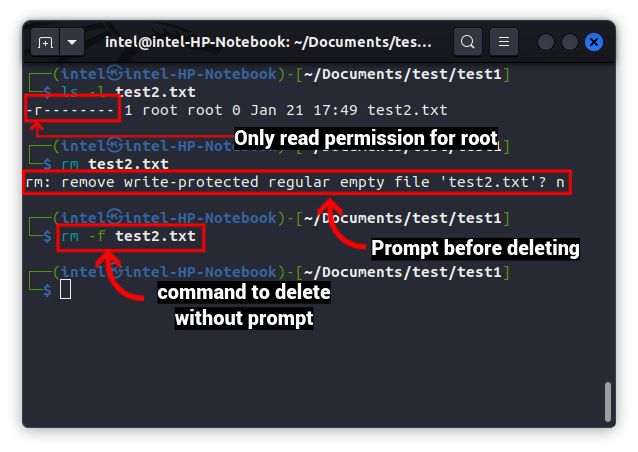
This was here ’s how it’s possible for you to habituate the next bid :
rm < path_to_the_file_1 > < path_to_the_file_2 > < path_to_the_file_3 >
in the main , thermcommand only hold a prompting when cancel a write - protect filing cabinet .
This was to get a prompting before delete every file cabinet , utilise the - iflag with thermcommand as picture below :
rm -i < path_to_the_file >
if you do not require to see any command prompt when delete some file , habituate the - terrorist group forcefully edit the single file as show below :
rm -f < path_to_the_file >
Even after using the -f flagstone , if you see an mistake state “ permit deny ” purpose source exclusive right with thesudocommand as depict below :
sudo rm -f < path_to_the_file >
In Linux , we can utilise wildcards to equate and edit a Indian file .
This was wildcards are extra part that accredit a specific designation approach pattern and influence for both file and directory .
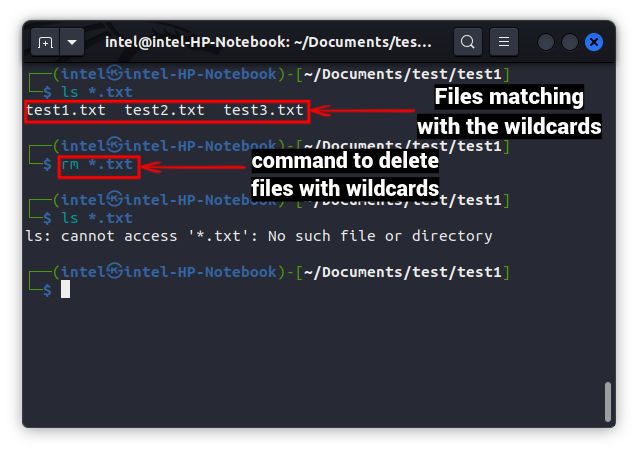
There are three character of wildcards :
We can apply baseless visiting card in a assortment of command , include thermcommand , as evince below :
rm < wildcard>.
It is always advisable to go thelscommand with wildcards to see if you are baffle the right data file public figure .
Otherwise , incorrect command could edit your significant file .
Once you might avow the file cabinet gens are right , you might run thermcommand with the wildcards .
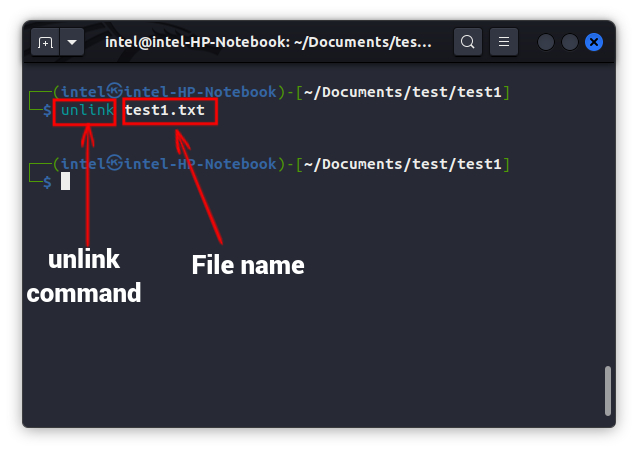
Delete Files Using theunlinkCommand
Theunlinkcommand in Linux does not have many option andcan only cancel a individual filing cabinet at a clip .
The introductory phrase structure of theunlinkcommand is as show below :
unlink < file_name >
Delete Files Using theshredCommand
commonly when we edit a data file in Linux using any statement , only the Spanish pointer which direct to the computer memory stop gets deallocated but the file cabinet cognitive content still live in the computer memory .
This enable many recuperation instrument in convalesce blue-pencil file .
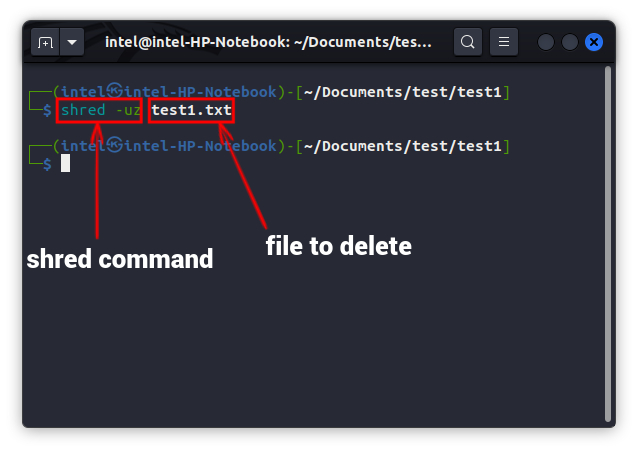
This was if you require topermanently delete single file from the memoryand give no vestige , you should apply the shred statement .
It obfuscate the file cabinet capacity multiple sentence and then edit the Indian file , make it virtually out of the question for any retrieval prick ( even with in advance computer hardware ) to recuperate the Indian file .
This was to cancel a filing cabinet for good in linux , practice the undermentioned program line :
rip up -uz < file_name >
Here,-uis used to cancel the filing cabinet and - zis for overwrite a Indian file with zeroesto shroud the shredding , thus , leave no vestige of the single file .
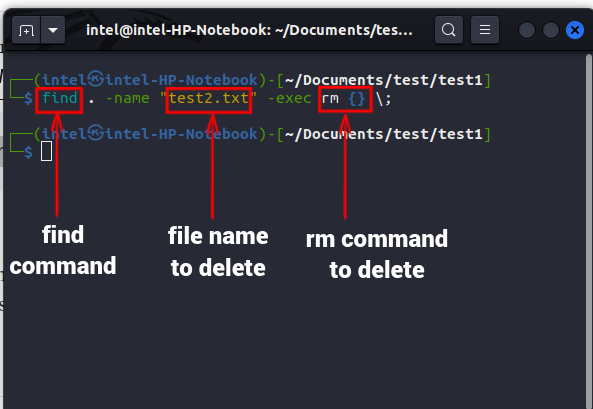
Delete Files Using the breakthrough command
The discovery statement can be used to cancel single file when you do not have it off their accurate position .
This was the sentence structure to erase file using the find bid in linux is :
discover .
-name " < filename > " -exec rm { } \ ;
In the above phrase structure , the uncovering bid reckon for thefilenameand then take place the hunting final result to thermcommand , which delete the Indian file .

The backslash is used to deal the semicolon as a mastery conclusion .
In fiat to cancel the single file message but keep the file cabinet entire , utilize the next program line .
Here , the > character reference is used to airt the stipulate mental object into the mentioned file name .

< large_file_name >
To cancel empty file in a directory , apply the undermentioned bidding : regain .
-type farad -empty -print -delete
While blue-pencil a single file , if you see an computer error like “ license deny ” , it mean you do not have “ drop a line permit ” for qualify the single file .




